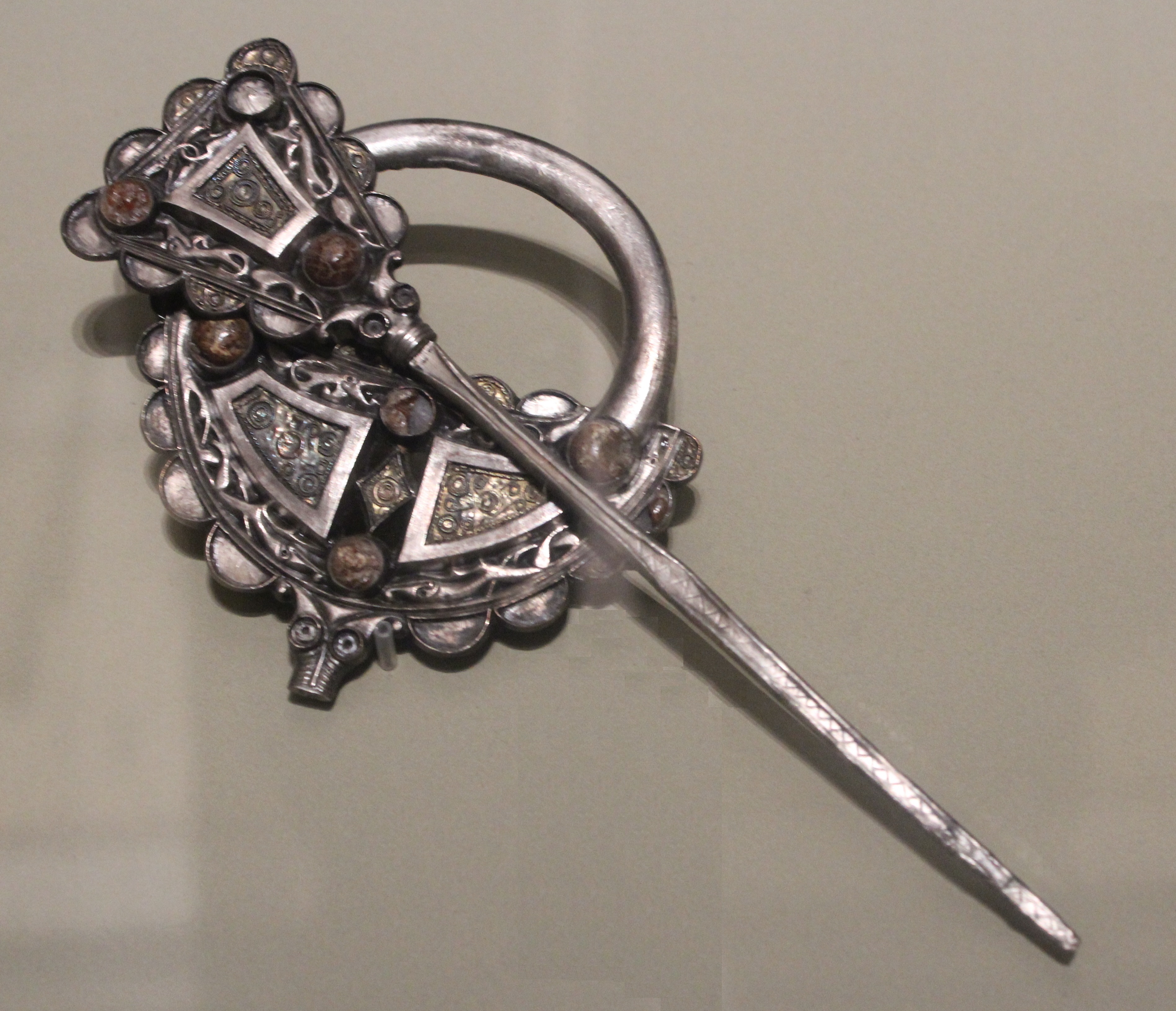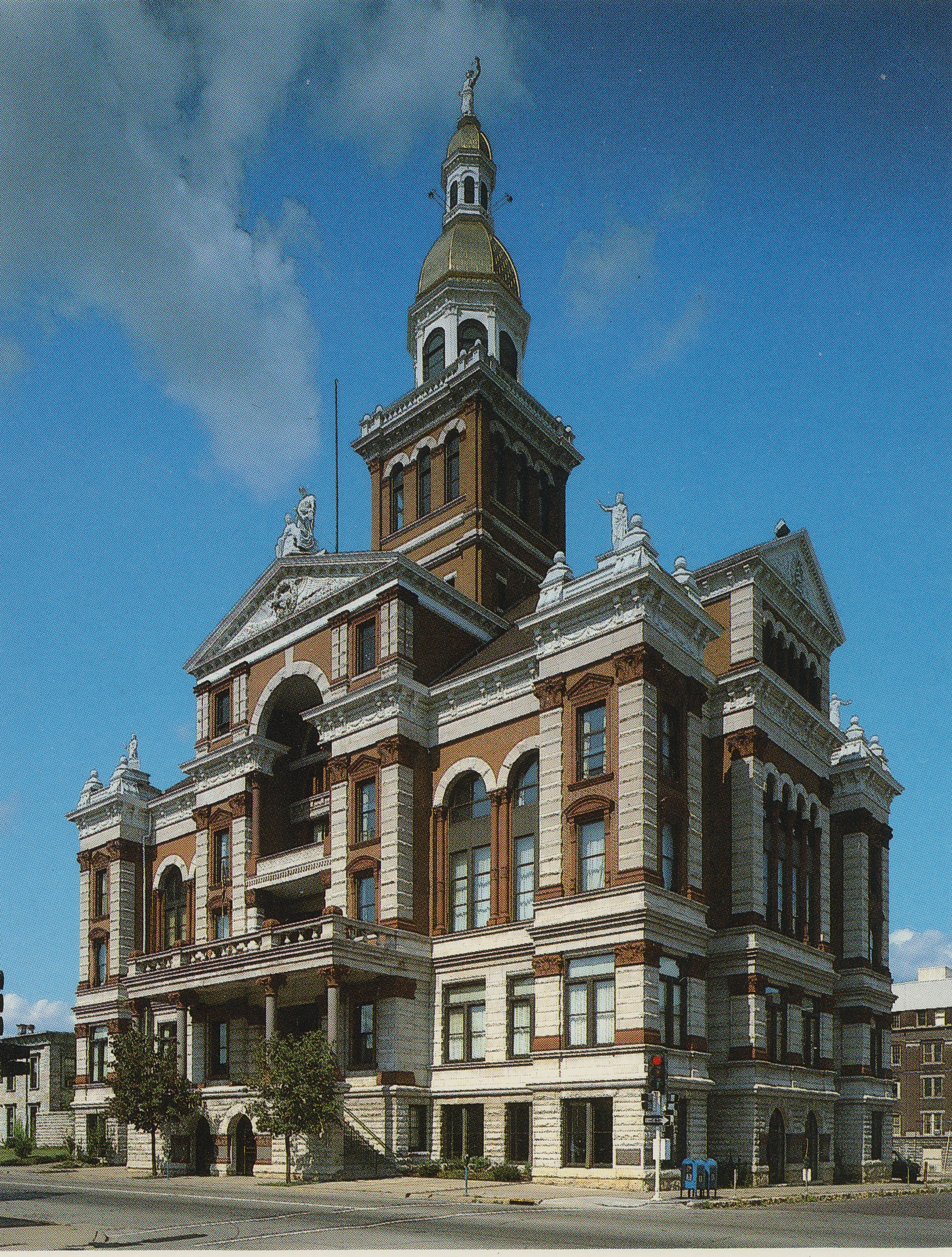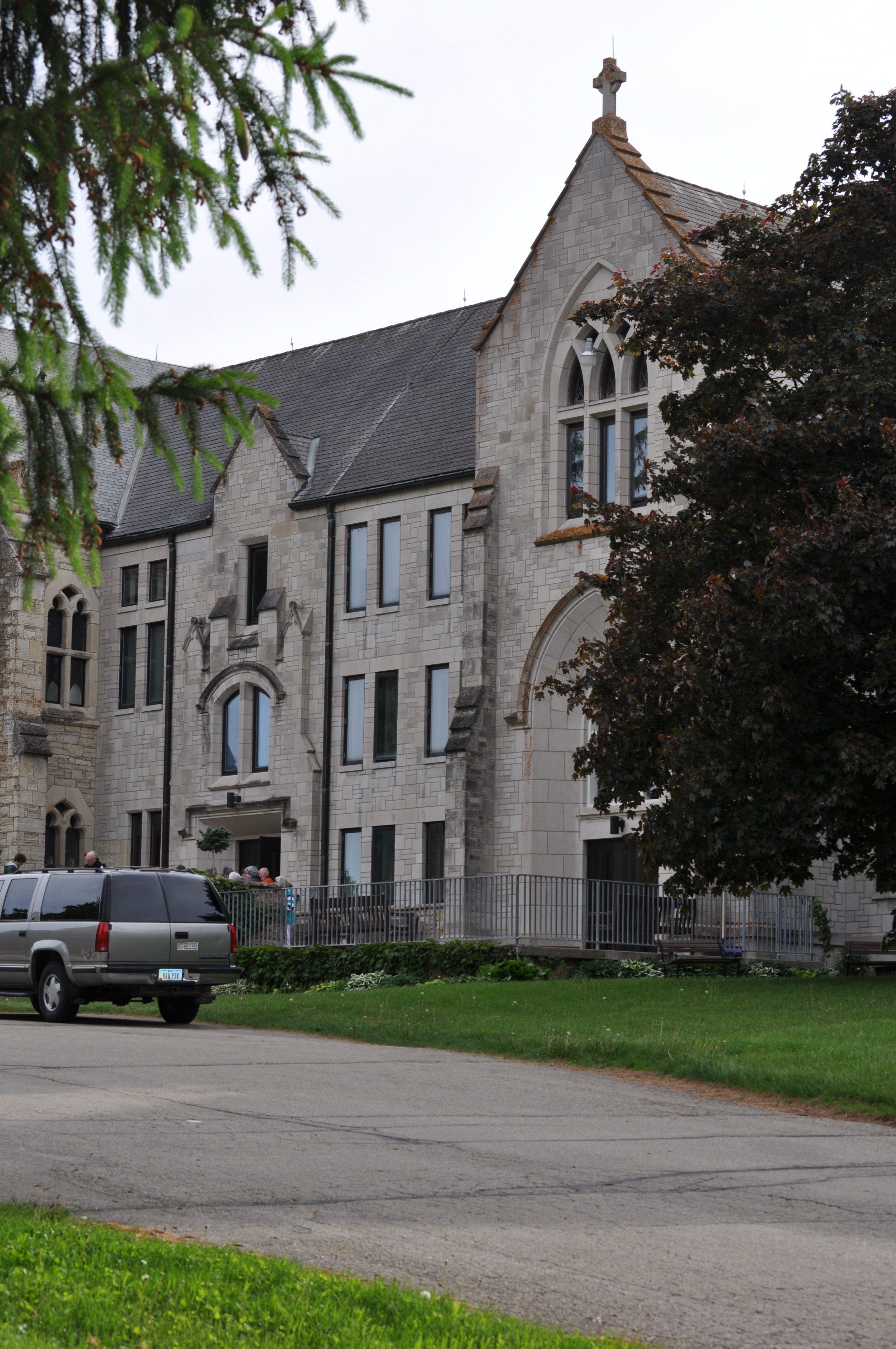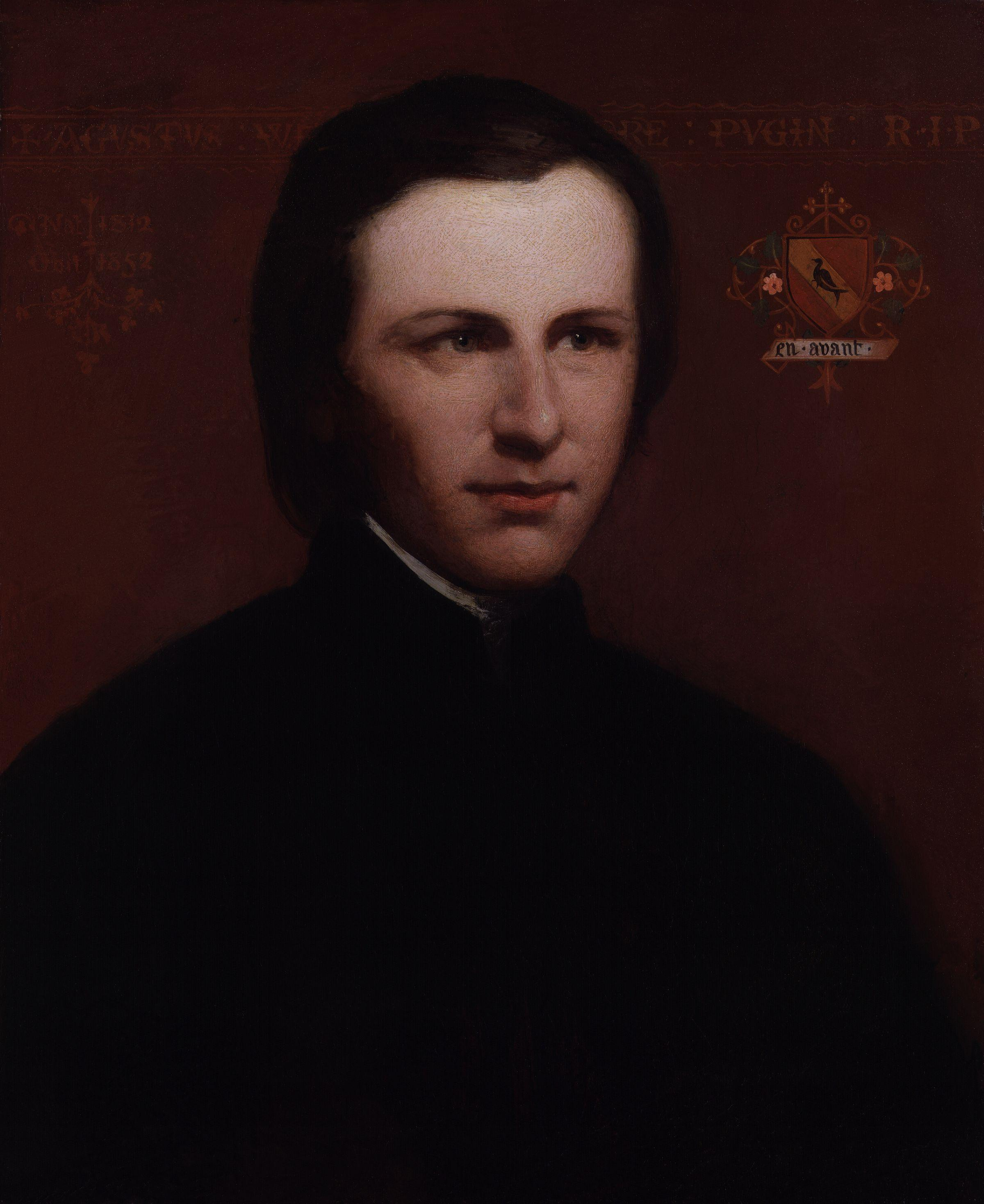|
Mount Melleray Abbey
Mount Melleray Abbey is a Trappist monastery in Ireland, founded in 1833. It is situated on the slopes of the Knockmealdown Mountains, near Cappoquin, Diocese of Waterford. It is famous in literature due to Seán Ó Ríordáin's poem ''Cnoc Mellerí'' in ''Eireaball Spideoige'' (1952). James Joyce mentions Mount Melleray in the final short story of his 1914 collection, ''Dubliners''. In this story, entitled "The Dead", the monks of Mount Melleray are noted for their exceptional hospitality and piety. History The Cistercian order itself dates back to the 12th century and the Trappists to the mid-17th century. Following the suppression of monasteries in France after the French Revolution, some dispossessed Trappist monks had arrived in England in 1794 and established a monastic community in Lulworth, Dorset. The monks returned to France in 1817 to re-establish the ancient Melleray Abbey in Brittany, following the restoration of the Bourbons. Within ten years, the restored monas ... [...More Info...] [...Related Items...] OR: [Wikipedia] [Google] [Baidu] |
Trappists
The Trappists, officially known as the Order of Cistercians of the Strict Observance ( la, Ordo Cisterciensis Strictioris Observantiae, abbreviated as OCSO) and originally named the Order of Reformed Cistercians of Our Lady of La Trappe, are a Catholic religious order of cloistered monastics that branched off from the Cistercians. They follow the Rule of Saint Benedict and have communities of both monks and nuns that are known as Trappists and Trappistines, respectively. They are named after La Trappe Abbey, the monastery from which the movement and religious order originated. The movement first began with the reforms that Abbot Armand Jean le Bouthillier de Rancé introduced in 1664, later leading to the creation of Trappist congregations, and eventually the formal constitution as a separate religious order in 1892. History The order takes its name from La Trappe Abbey or ''La Grande Trappe'', located in the French province of Normandy, where the reform movement began. Ar ... [...More Info...] [...Related Items...] OR: [Wikipedia] [Google] [Baidu] |
Bourbons
The House of Bourbon (, also ; ) is a European dynasty of French origin, a branch of the Capetian dynasty, the royal House of France. Bourbon kings first ruled France and Navarre in the 16th century. By the 18th century, members of the Spanish Bourbon dynasty held thrones in Spain, Naples, Sicily, and Parma. Spain and Luxembourg have monarchs of the House of Bourbon. The royal Bourbons originated in 1272, when the youngest son of King Louis IX married the heiress of the lordship of Bourbon. Anselme, Père. ‘'Histoire de la Maison Royale de France'’, tome 4. Editions du Palais-Royal, 1967, Paris. pp. 144–146, 151–153, 175, 178, 180, 185, 187–189, 191, 295–298, 318–319, 322–329. (French). The house continued for three centuries as a cadet branch, serving as nobles under the Direct Capetian and Valois kings. The senior line of the House of Bourbon became extinct in the male line in 1527 with the death of Charles III, Duke of Bourbon. This made the junior Bourbon ... [...More Info...] [...Related Items...] OR: [Wikipedia] [Google] [Baidu] |
Roscrea
Roscrea () is a market town in County Tipperary, Ireland, which in 2016 had a population of 5,446. Roscrea is one of the oldest towns in Ireland, having developed around the 7th century monastery of Saint Crónán of Roscrea, parts of which remain preserved today. Roscrea is a designated ''Irish Heritage Town'' due to the extent of important historical buildings that are preserved in the town. Amongst the most notable buildings of interest are the 13th century Roscrea Castle and Damer House on Castle Street. Within the town are the remains of the ancient Romanesque doorway and gable-end of St Cronan's church. The Round Tower and the High cross of the ancient monastery are also located nearby. Also of interest in the town are the remains of the 15th century Franciscan Friary and Monaincha and Sean Ross Abbeys. One of the most famous books produced by the monastery is the 8th-century Book of Dimma currently on display at Trinity College, Dublin Location and access Roscrea is ... [...More Info...] [...Related Items...] OR: [Wikipedia] [Google] [Baidu] |
Mount Saint Joseph Abbey
Mount St. Joseph Abbey is an abbey of the Trappist branch of the Cistercians located in County Offaly, near Roscrea, County Tipperary in Ireland. The abbey was founded in 1878 by a group of 32 monks from Mount Melleray Abbey, County Waterford, a number of years earlier Arthur John Moore MP of Co. Tipperary visited Mt Melleray petitioning for it. The church was opened for worship in 1883, on 600 acres in Mount Heaton, Roscrea, and a Boarding school - Cistercian College, Roscrea - was founded in 1905. The first superior was Dom Athanasius O'Donovan (born Daniel O'Donovan). Mount St. Joseph contains several stained glass windows created by Harry Clarke or his studios. Three windows in the infirmary, three later windows in the chapel of the college and a 1960s window dedicated to St. Patrick for the abbey church. Three foundations have been made from Mount Saint Joseph - Nunraw (Scotland) in 1946, Tarrawarra (Australia) in 1954, and Bolton Abbey, Moone, (County Kildare) in 1964 ... [...More Info...] [...Related Items...] OR: [Wikipedia] [Google] [Baidu] |
Dubuque, Iowa
Dubuque (, ) is the county seat of Dubuque County, Iowa, United States, located along the Mississippi River. At the time of the 2020 United States Census, 2020 census, the population of Dubuque was 59,667. The city lies at the junction of Iowa, Illinois, and Wisconsin, a region locally known as the Dubuque area, Tri-State Area. It serves as the main commercial, industrial, educational, and cultural center for the area. Geographically, it is part of the Driftless Area, a portion of North America that escaped all three phases of the Wisconsin Glaciation. Dubuque is a tourist destination featuring the city's unique architecture and river location. It is home to five institutions of higher education, making it a center for culture and learning. Dubuque has long been a center of manufacturing, the local economy has also diversified to other areas in the 21st century. Alongside previously mentioned industries, the city has large health care, publishing, and financial service sectors. Hi ... [...More Info...] [...Related Items...] OR: [Wikipedia] [Google] [Baidu] |
New Melleray Abbey
New Melleray Abbey is a Trappist monastery located near Dubuque, Iowa. The abbey is located about 15 miles southwest of Dubuque and is in the Archdiocese of Dubuque. Currently the Abbey is home to about 16 monks. Several of the monks work in their business, Trappist Caskets, and some of their food comes from the garden behind the Abbey. The abbot of the monastery is Dom Brendan Freeman, who was appointed by Father Immediate McCarthy in December 2021 after consulting the community. Monastic life The monks have a daily routine that involves spending a large part of their day in prayer, work, and contemplation. In keeping with ancient monastic traditions, they begin their day with Vigils at 3:30 AM, and end their days at 7:30 PM with Compline. The Abbey is well known for crafting high-quality wooden caskets and urns. They do not use the caskets for deceased monks, however, as they observe burial traditions spelled out in the Rule of Saint Benedict, which requires the body be plac ... [...More Info...] [...Related Items...] OR: [Wikipedia] [Google] [Baidu] |
Daniel O'Connell
Daniel O'Connell (I) ( ga, Dónall Ó Conaill; 6 August 1775 – 15 May 1847), hailed in his time as The Liberator, was the acknowledged political leader of Ireland's Roman Catholic majority in the first half of the 19th century. His mobilization of Catholic Ireland, down to the poorest class of tenant farmers, secured the final installment of Catholic emancipation in 1829 and allowed him to take a seat in the Parliament of the United Kingdom, United Kingdom Parliament to which he had been twice elected. At Palace of Westminster, Westminster, O'Connell championed liberal and reform causes (he was internationally renowned as an Abolitionism, abolitionist) but he failed in his declared objective for Ireland—the restoration of a separate Irish Parliament through the repeal of the Acts of Union 1800, 1800 Act of Union. Against the backdrop of a growing agrarian crisis and, in his final years, of the Great Famine (Ireland), Great Famine, O'Connell contended with dissension at home ... [...More Info...] [...Related Items...] OR: [Wikipedia] [Google] [Baidu] |
Mitchelstown
Mitchelstown () is a town in County Cork, Ireland with a population of approximately 3,740. Mitchelstown is situated in the valley to the south of the Galtee Mountains, 12 km south-west of the Mitchelstown Caves, 28 km from Cahir, 50 km from Cork, 59 km from Limerick and 10 km from Fermoy. The River Gradoge runs by the town into the River Funshion, which in turn is a tributary of the River Blackwater. The town is best known as a centre for cheese production. Mitchelstown is within the Cork East Dáil constituency. Name The name of Mitchelstown originates from the Anglo-Norman family called 'St Michel' who founded a settlement close to the site of the present town in the 13th century. The parish was originally known as 'Villa Michel'. The modern name comes from the Anglicized version of the later Irish derived ''Ballyvisteala'' or ''Ballymistealy''. A nearby earlier settlement was established in the townland of ''Brigown'' (), it was known by this name ... [...More Info...] [...Related Items...] OR: [Wikipedia] [Google] [Baidu] |
Mitchelstown Castle
Mitchelstown Castle, the former home of the Anglo Irish Earls of Kingston, was located in the north County Cork town of Mitchelstown in Ireland. 15th to 18th century ''White Knights, Dark Earls'' is to date the most extensive published account of Mitchelstown Castle, which was the biggest neo-Gothic house in Ireland. A castle was first built at Mitchelstown in the 15th century by the White Knights of Mitchelstown, from whom, through marriage, it passed to the King family, Barons and Earls of Kingston. James, 4th Baron Kingston, extensively refurbished and modernised the castle in the 1730s. After his death in 1761, the castle passed to his granddaughter, Caroline Fitzgerald. She married her cousin Robert King, Viscount Kingsborough, who was, from 1797, the 2nd Earl of Kingston. The Kingsboroughs demolished most of the old Mitchelstown Castle in the 1770s and incorporated what remained into a new Palladian mansion, described as a 'house with wings'. 19th century In 1823, aft ... [...More Info...] [...Related Items...] OR: [Wikipedia] [Google] [Baidu] |
Mount Saint Bernard Abbey
Mount St Bernard Abbey is a Roman Catholic, Trappist monastery near Coalville, Leicestershire, England, founded in 1835 in the parish of Whitwick and now in that of Charley. The abbey was the first permanent monastery to be founded in England since the Reformation and is the sole Trappist house in England. The monks brew the only Trappist beer in Britain. Background The early history of Mount St Bernard Abbey is linked with an earlier, short-lived foundation of Cistercian monks in Lulworth, Dorset and the Abbey of Mount Melleray in Ireland. Following the suppression of monasteries in France, a small colony of dispossessed Trappist monks had arrived in London in 1794, with the intention of moving on to found a monastery in Canada. They came to the attention of Thomas Weld (of Lulworth), a Catholic recusant and philanthropist who distinguished himself in relieving the misfortunes of refugees of the French Revolution and who provided them with land on which to establish a monast ... [...More Info...] [...Related Items...] OR: [Wikipedia] [Google] [Baidu] |
Protestant Reformation
The Reformation (alternatively named the Protestant Reformation or the European Reformation) was a major movement within Western Christianity in 16th-century Europe that posed a religious and political challenge to the Catholic Church and in particular to papal authority, arising from what were perceived to be errors, abuses, and discrepancies by the Catholic Church. The Reformation was the start of Protestantism and the split of the Western Church into Protestantism and what is now the Roman Catholic Church. It is also considered to be one of the events that signified the end of the Middle Ages and the beginning of the early modern period in Europe.Davies ''Europe'' pp. 291–293 Prior to Martin Luther, there were many earlier reform movements. Although the Reformation is usually considered to have started with the publication of the '' Ninety-five Theses'' by Martin Luther in 1517, he was not excommunicated by Pope Leo X until January 1521. The Diet of Worms of May 1521 ... [...More Info...] [...Related Items...] OR: [Wikipedia] [Google] [Baidu] |
Bishop Of Waterford And Lismore
The Bishop of Waterford and Lismore is an Episcopal polity, episcopal title which takes its name after the city of Waterford and town of Lismore, County Waterford, Lismore in Republic of Ireland, Ireland. The title was used by the Church of Ireland until 1838, and is still used by the Catholic Church, Roman Catholic Church. History The bishopric is a union of the episcopal sees of Bishop of Waterford, Waterford and Bishop of Lismore, Ireland, Lismore which were united by Pope Urban V in 1363. Following the Reformation in Ireland, Reformation, there were parallel successions. In the Church of Ireland the see continued until 1833 when it became part of the Archbishop of Cashel, archbishopric of Cashel. In 1838, the Anglican province of Cashel lost its Metropolitan bishop, metropolitan status and became the Bishop of Cashel and Waterford, bishopric of Cashel and Waterford. It was further united with the Sees of Bishop of Ossory, Ferns and Leighlin, Ossory, Ferns and Leighlin to become ... [...More Info...] [...Related Items...] OR: [Wikipedia] [Google] [Baidu] |







.jpg)